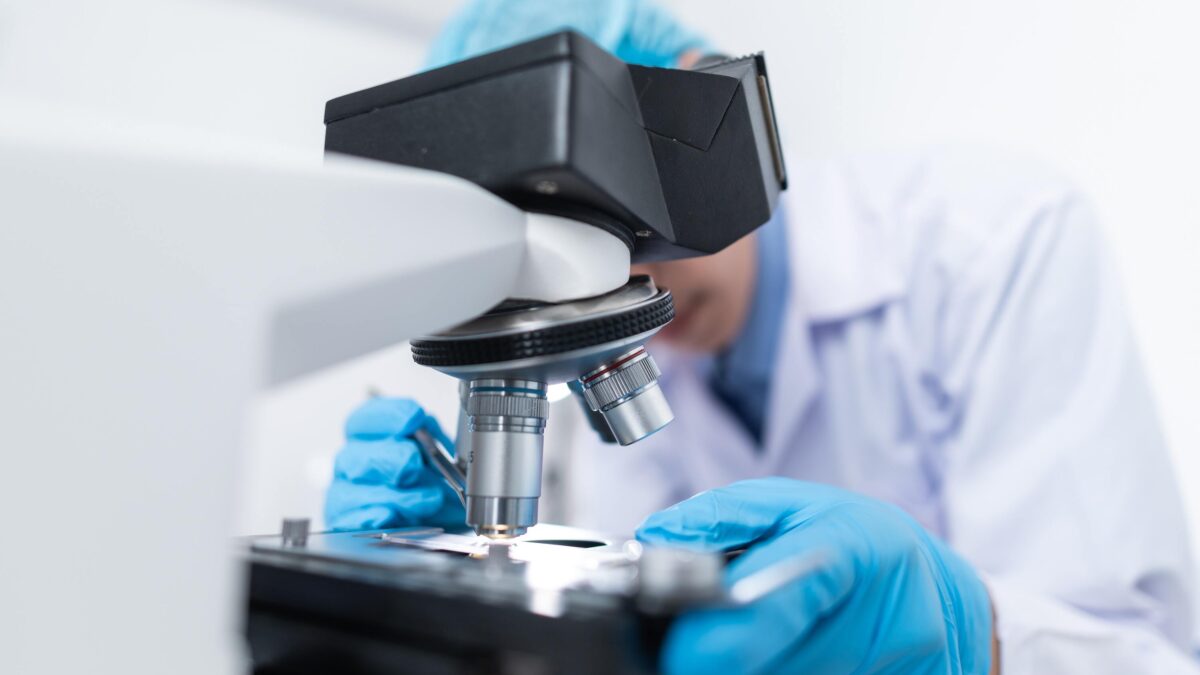The majority of the researchers depend on Enzyme-Linked Immunosorbent Assay (ELISA) to identify and quantify antigen concentration in an unknown sample. It is quite natural to use ELISA assay to detect the antigen concentration as the plate-based assay is very sensitive, has a vigorous nature, and is quite easy and quick to perform.
However, like every scientific experiment, the ELISA assay also comes with its challenges. There are many common problems that researchers face while conducting ELISA experiments. What should you do when this happens?
Let’s explore the solutions in this article.
Common Problems in ELISA and Its Solutions:
Low or Weak Signal Intensity
Is your target analyte concentration falling outside the range of your standard curve? Or is your reading continuously falling below the lower limit of absorbance?
If you are facing these issues, then the problem might be in the reagents you are using, the antibody or the plate was not read in the correct wavelength. If you are facing challenged due to any of these factors, here are a few things you can do to make things right.
-
Store the reagents at temperatures as low as 2 to 8 degrees Celsius. Also, check the expiry date of the reagents before using them to conduct the ELISA assay.
-
Ensure that the reagents are at room temperature before commencing the ELISA.
-
Ensure that the reagents are prepared and added in the correct order.
-
Follow the recommended antibody dilutions to the T.
-
Try to increase the antibody incubation time to make sure that optimal signal amplification and antibody binding.
-
Raise the HRP concentration by 50 percent to increase the signal.
-
Try to use the recommended filter or wavelength while setting the plate reader for an ELISA substrate.
High Background
While conducting negative control wells on the ELISA assay plate, if you are getting values above zero, then it indicates that there is a high background signal that can destroy the results of the assay. High background issues can cause problems with the buffer, antibody, plate, and/or substrate.
So, here are the steps that you need to take to encounter this problem.
-
Try to bring down your antibody concentration or carry out an optimization trial to establish the correct concentration that will be able to deliver the correct results.
-
Conduct a negative control test to verify if cross-reactivity is causing such issues.
-
Use blocking buffers and affinity-purified antibodies to prevent the binding of non-specific antibodies. Another way to bypass high background is to pre-process the wells following the protocol recommendations.
-
Store and conduct the substrate incubation in the dark.
-
If the buffers have been contaminated or rendered ineffective, try out a protein concentration with higher blocking properties or fresh buffers. You can also increase the blocking time to get optimal results.
-
High background issues can also come up due to lower-than-optimal levels of salt concentration in the wash buffer. If this is the issue, then try to increase the concentration of salt to lower the non-specific interactions.
-
Last but not least, defective or dirty plates can also result in high background. So, follow the protocol recommendation and wash the plates before conducting the ELISA assay.
High Well-to-Well Variation
If you are getting extremely inconsistent ELISA assay results, then there are high chances that you handling or loading the plates erroneously or making mistakes while using or preparing the agents.
Try out the tips below to prevent these issues from adulterating the ELISA assay results.
-
Avoid stacking the ELISA plates during incubation. This will ensure the even distribution of temperature. Also, ensure that all the plates are warmed uniformly to prevent edge effects.
-
Ensure that there are no bubbles in the plate or the well before reading and incubation.
-
Uneven washing is one of the major factors that result in the coefficient of variation (CV) that can ruin the ELISA results. So, make sure to wash the wells meticulously before conducting the tests.
Here are some of the common problems researchers face while carrying out ELISA assay. Hope the solutions listed in the article will help you overcome the challenges smoothly. If you know of any more additional methods to help prevent such issues from cropping up in the ELISA assay, let us know in the comments.


